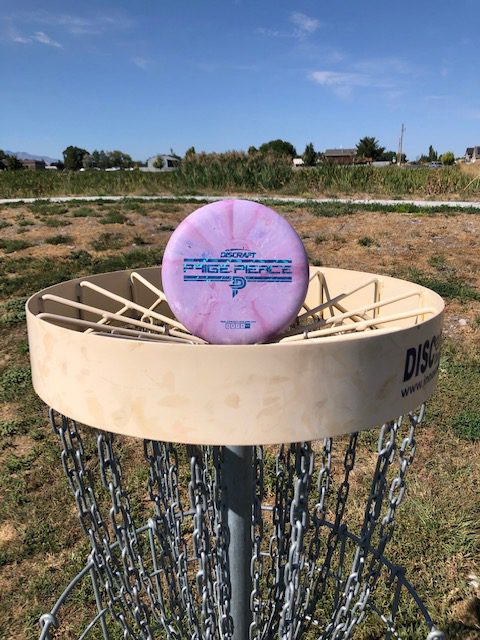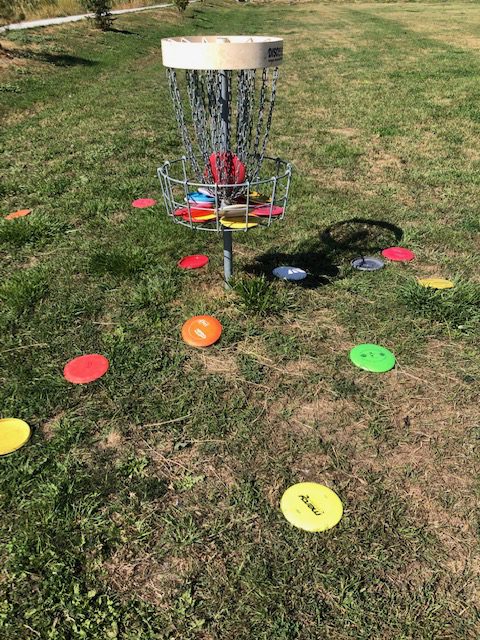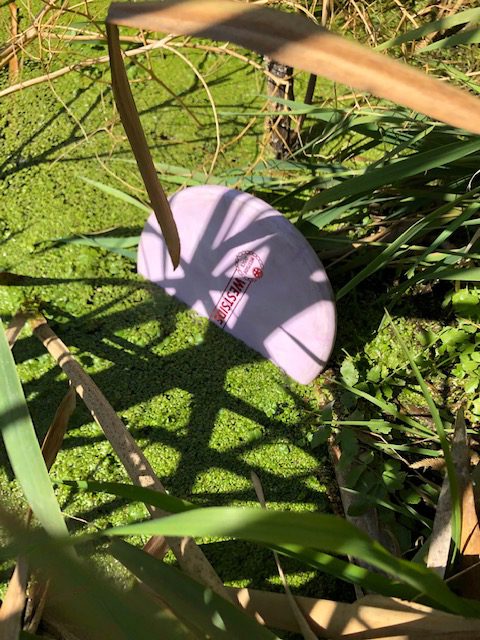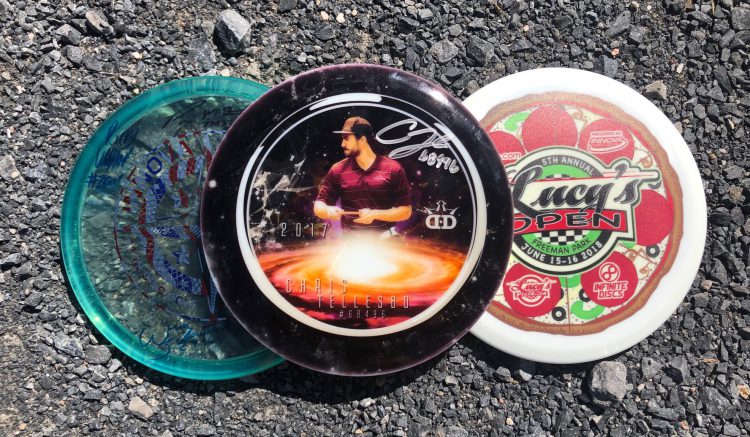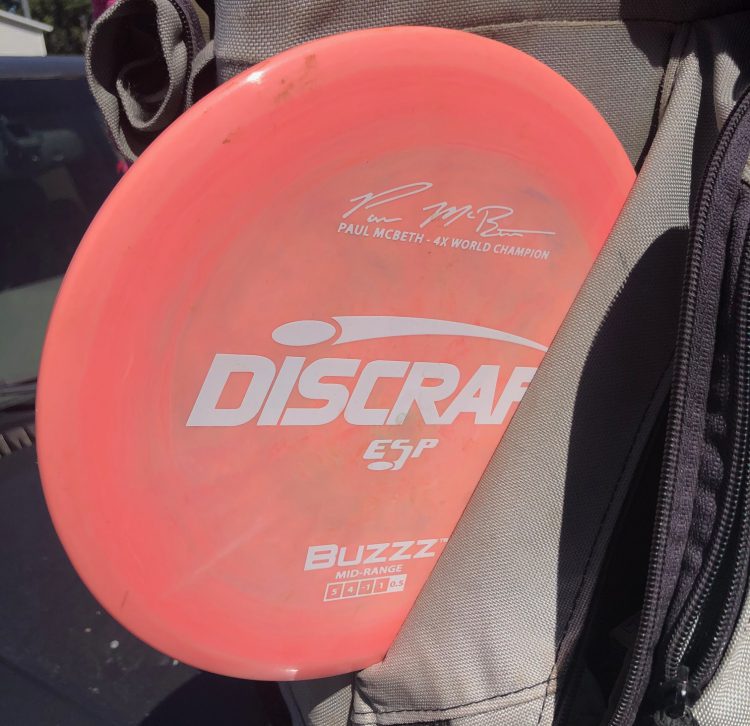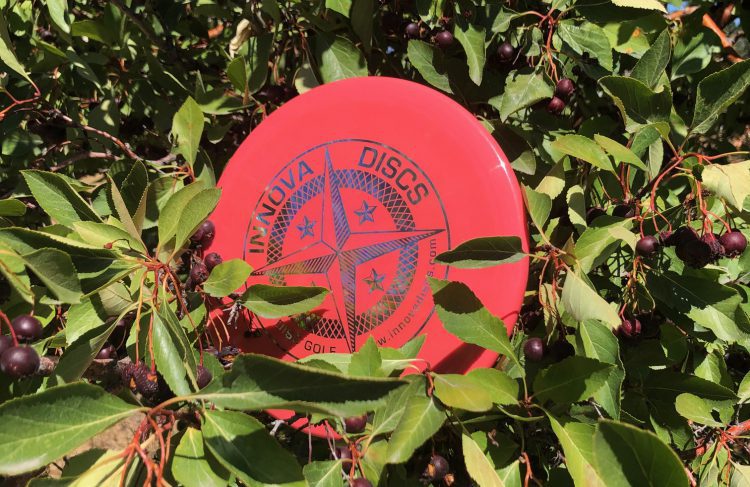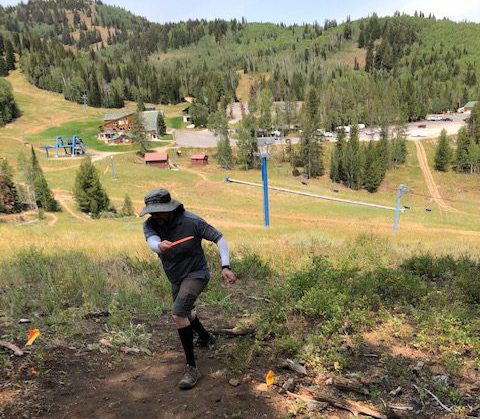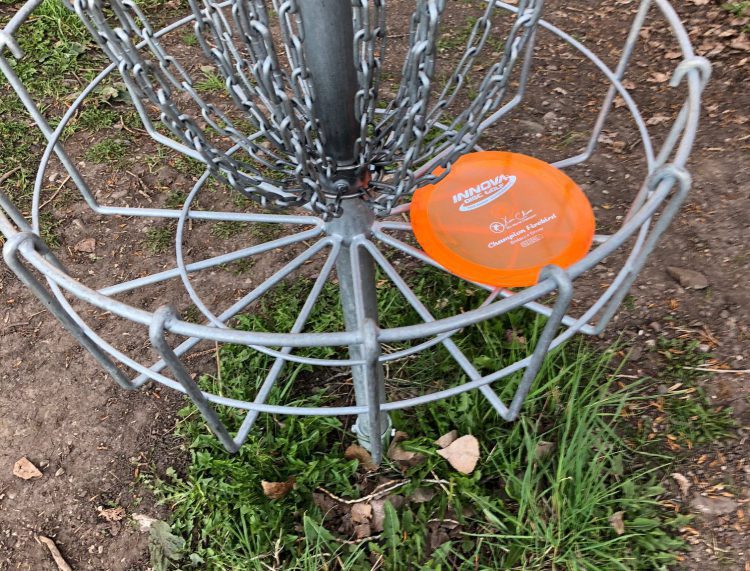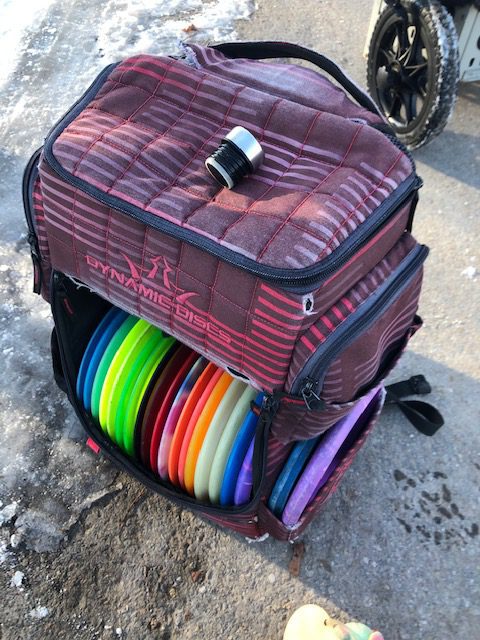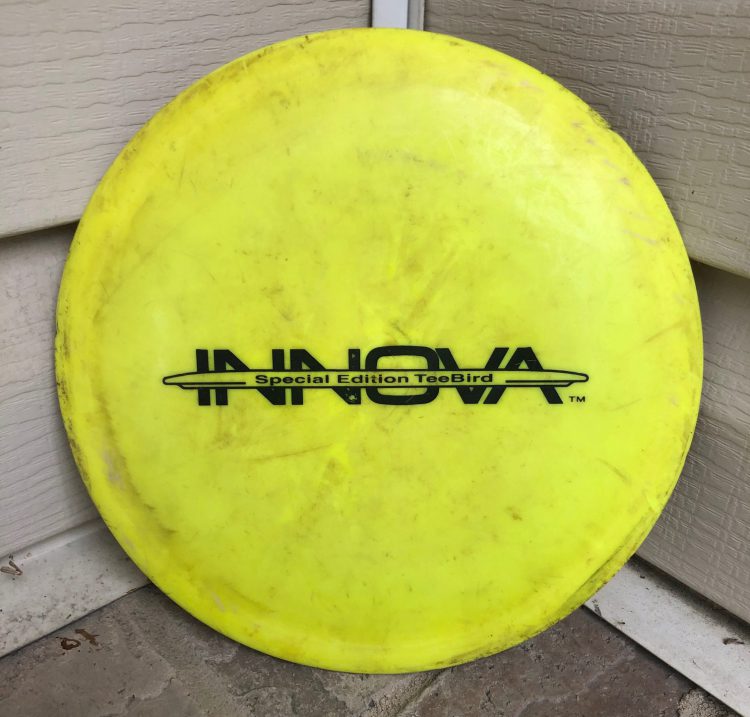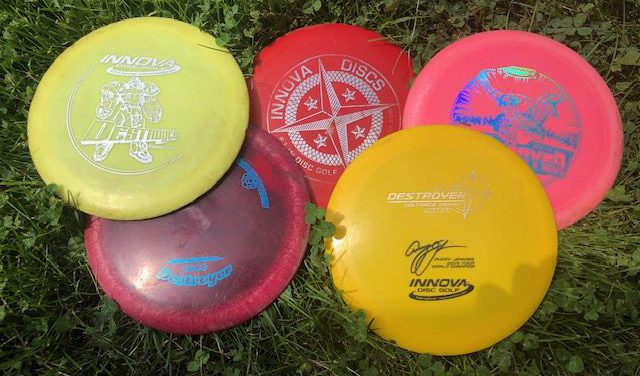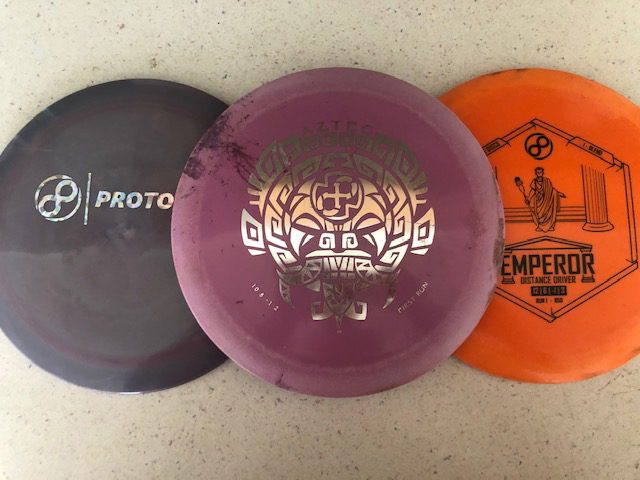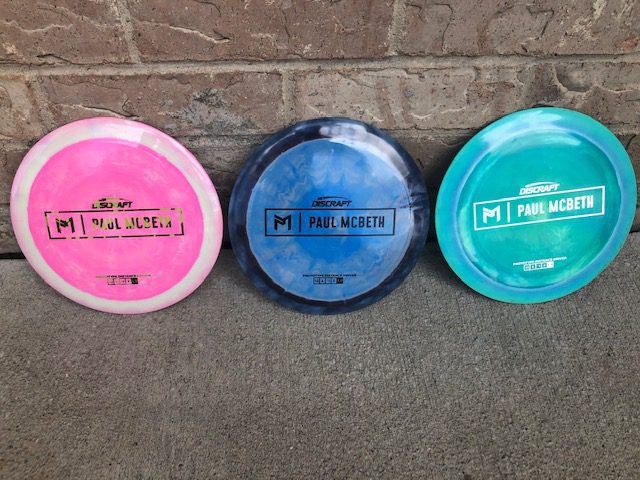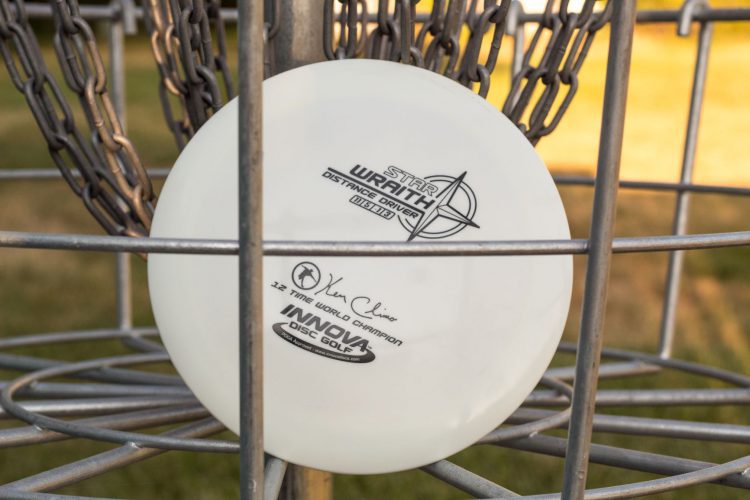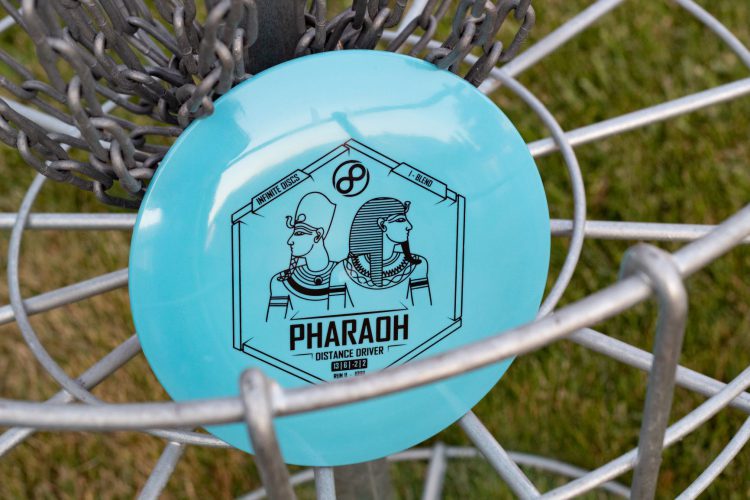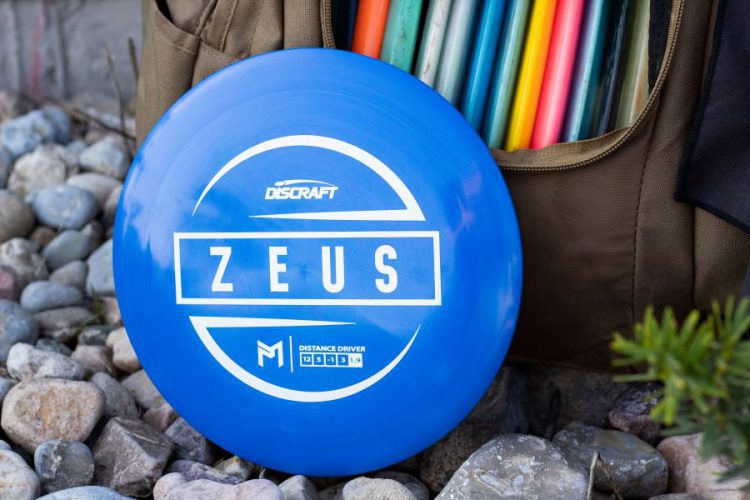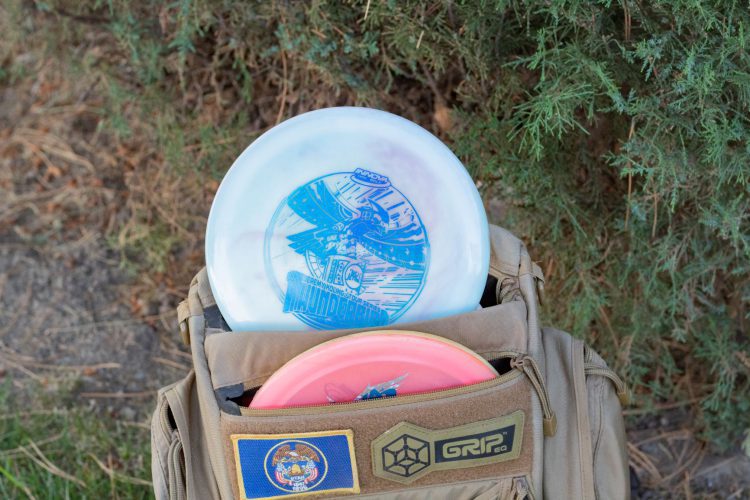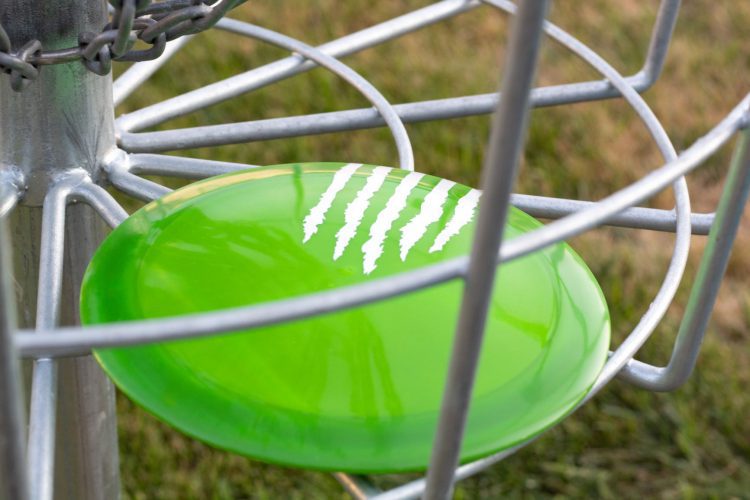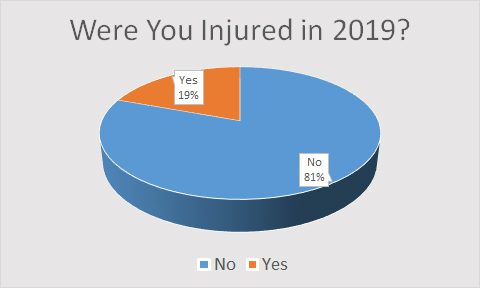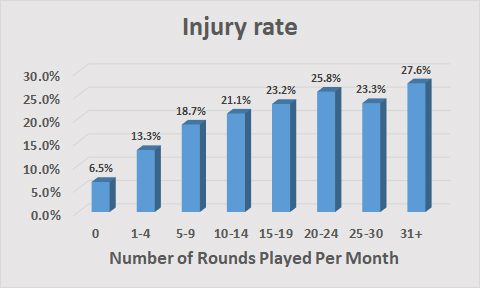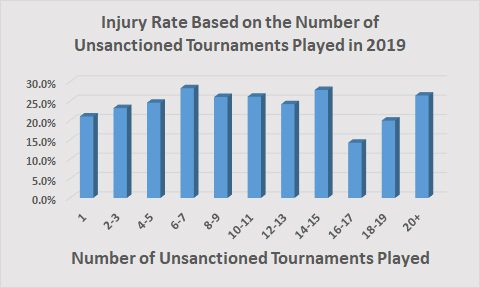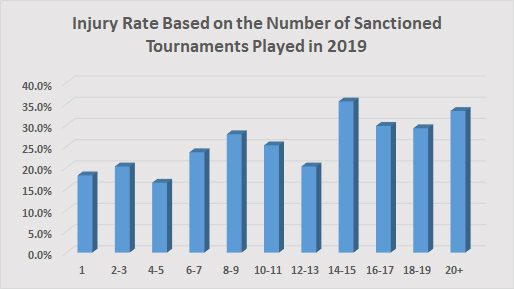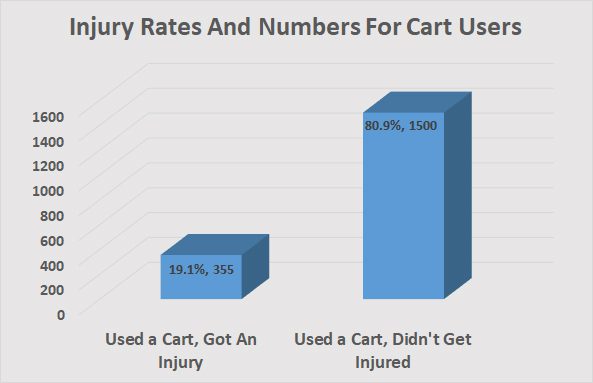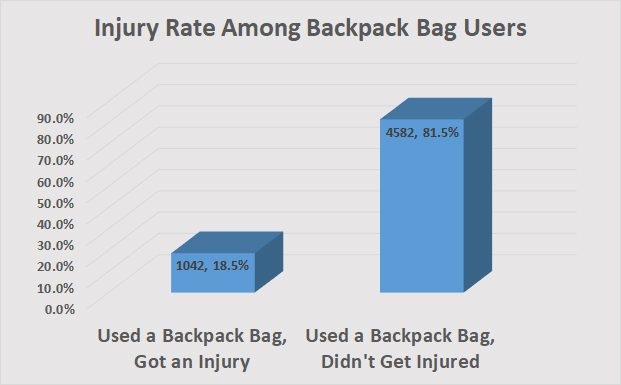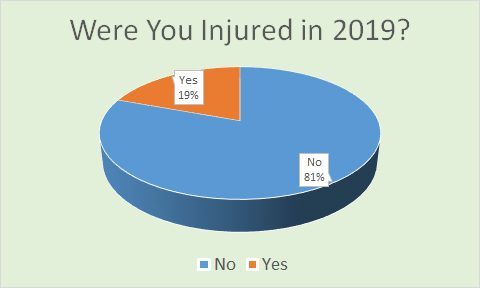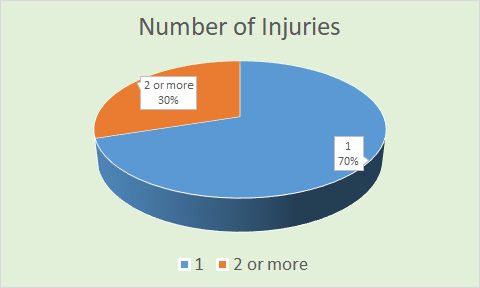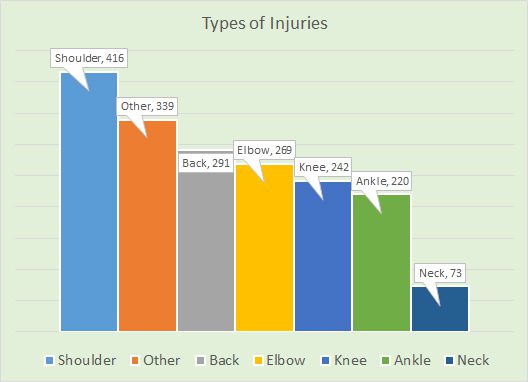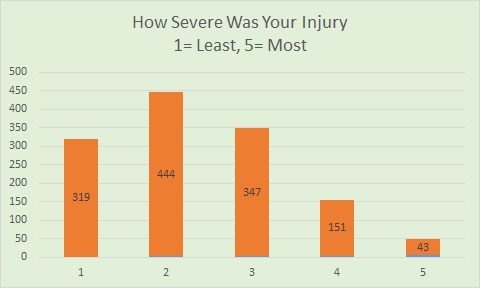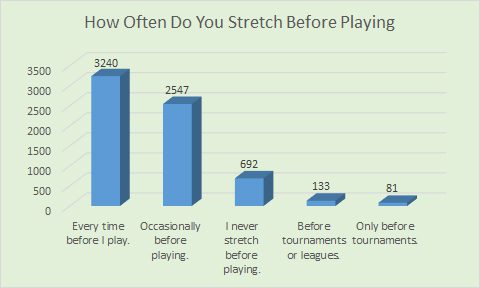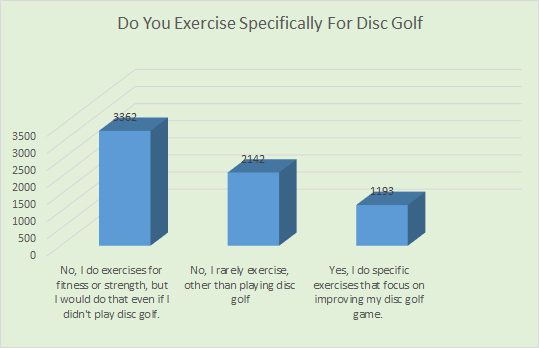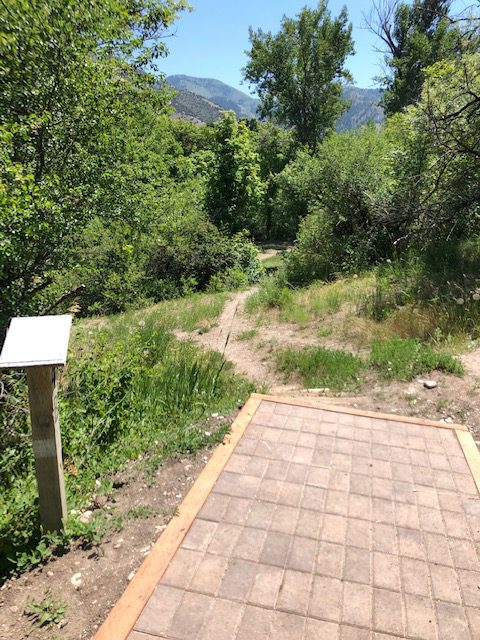Introducing Above Ground Level Discs
Disc Golf Manufacturer Spotlight
Infinite Discs carries a large selection of brands and we wanted to introduce you to some of the brands and molds that you might not be as familiar with. Each week we will spotlight a different company and tell you a little more about them. We’ll start with a California brand, Above Ground Level Discs. And we will give you a chance to win some AGL stuff!
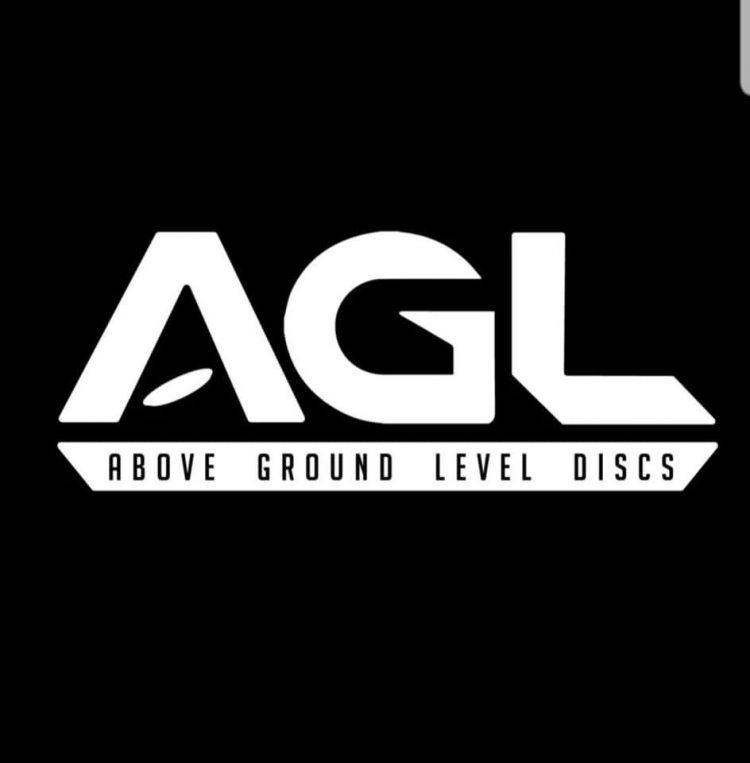
AGL Discs
Above Ground Level discs (AGL) is a family run California-based disc golf company that currently operates in San Jose. According to their website, the name comes from the company’s policy of viewing the sport from “the 10,000 foot level”. The company formed in 2011 by Josh Jones and Sam Cooper, and has been operating under the name Above Ground Level since 2016. Sam also started the disc golf apparel company, ChainBang Disc Golf.

Filling Disc Golf Needs
From the beginning, the people at AGL have worked hard to design discs that fill the needs of disc golfers. Using modeling and testing, they have created an ever growing list of molds to cover the range of shots and conditions faced by users. AGL also works to provide the most durable plastics possible, giving a longer life to its molds. Early on, AGL adopted the policy of naming molds after trees, and also including a corresponding seed with every disc purchased. That policy and practice continues today.
The Cypress, AGL’s First Disc
The inaugural mold for AGL is the now-discontinued high speed driver, the Cypress. The name honors disc golf enthusiast and course designer, Stancil Johnson, and the course he designed in Seaside, California. The initial design of the mold was a very overstable disc. It was later retooled to make the mold more usable for a variety of skill levels. In early 2020, the Cedar was released, with flight numbers similar to the Cypress.
After the Cyp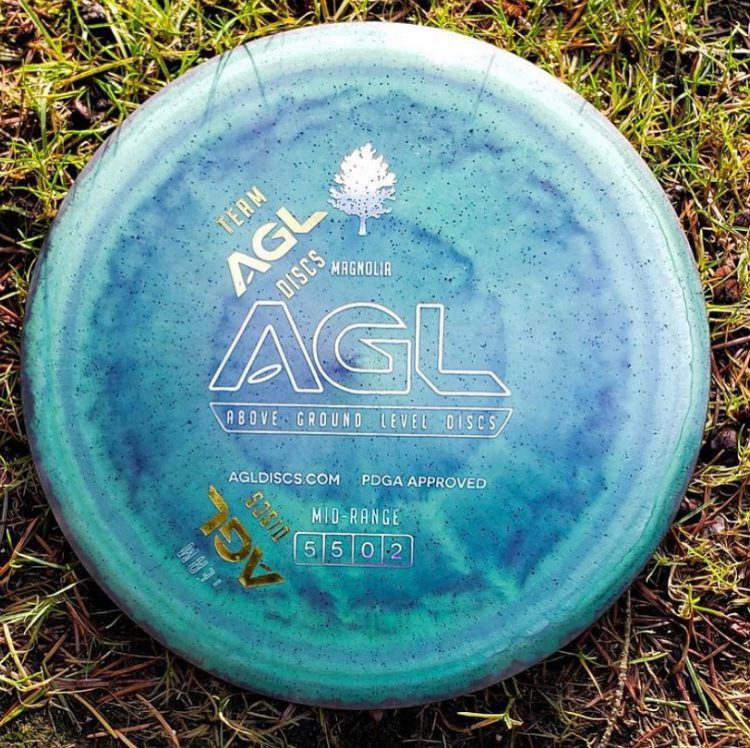 ress, two putters were released, the Madrone and Manzanita. The Madrone, with a flight similar to the new Infinite Alpaca, along with the overstable midrange, the Magnolia, continue to be the most popular discs they sell. As for which mold holds the number one spot, that title changes frequently between the two molds. The Sycamore, a fairly straight control driver, was approved in 2019. It has a flight similar to a TL.
ress, two putters were released, the Madrone and Manzanita. The Madrone, with a flight similar to the new Infinite Alpaca, along with the overstable midrange, the Magnolia, continue to be the most popular discs they sell. As for which mold holds the number one spot, that title changes frequently between the two molds. The Sycamore, a fairly straight control driver, was approved in 2019. It has a flight similar to a TL.
Also released last year is the speed 9 control driver, the Locust. The new mold received great reviews from testers and early buyers. AGL has plans for a high speed driver that has some understability to it. After that release, they will look at increasing their offering of additional understable discs.
In addition to the Locust and the Cedar, two additional putters were approved in 2020, the Baobab and the Ponderosa. The Baobab is a beadless, overstable putter that would be great for headwind shots and big arms. The Ponderosa is a little slower than the Baobab, and slightly flippy. Great for tailwinds or hyzer-flip shots.
AGL Plastics
Their most popular plastic is the Hemp blend, which is both grippy and environmentally friendly. Nearly as popular as Hemp plastic is their premium Alpine plastic. It is reminiscent of the old CE plastic that is popular due to its durability and feel. AGL also offers Woodland Blend, a base plastic that has a variety of firmness.
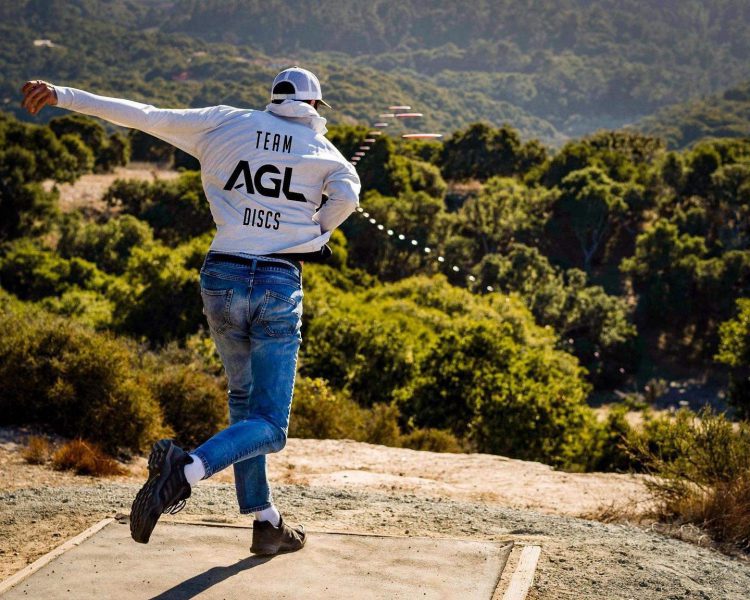
Supporting the Pros and Disc Golf
Above Ground Level is proud to sponsor dozens of players round the world, up to and including professionals. On the FPO side, they sponsor Amy Lewis and Marissa Kula. Their men’s pros include Michael Henson and Hayden Kujala. A search of these players on YouTube will show a number of tournaments with some of their pro players. AGL also helped to sponsor a couple courses.
One of the exciting parts of the sport for AGL is the growth that disc golf is currently seeing. With the increased exposure from companies like CBS sports and many professionally produces YouTube videos, our accessible touring pros, and courses popping up all around the world, it’s a great time to be involved in disc golf.
Growing Disc Golf for Women and Youth
Two areas of growth that are of high importance to AGL is additional focus on the women and the youth side of disc golf. In addition to sponsoring female players, AGL sponsors female-focused events and will be sponsoring the 2021 USWDGC. It helps that one of the owners has an 8-year-old daughter who plays and looks up to the female players she gets to watch. She also helps out in the business! Their plan for the youth and new players is to work with schools to help them install baskets and teach disc golf fundamentals.
AGL and the Environment
Disc golf isn’t the only thing that the folks at Above Ground Level Discs care about. They also like to take care of the environment. In addition to naming all of their molds after tree, AGL also includes a tree seed with every disc purchased from them. The seed corresponds with the name of the mold. Order a Sycamore in Alpine plastic from them, you’ll get a Sycamore seed with your purchase. Some of their customers have sprouted their seeds into saplings and planted them on their local courses.
Top Selling Discs for Above Ground Level Discs
Taking a look at the sales of Above Ground Level Discs at Infinite, it looks like the Ponderosa is the top selling AGL disc of 2020. The Ponderosa is a straight to understable putter that is currently available in Woodland and Woodland Hemp Blend plastics. The Ponderosa accounted for nearly 18% of all AGL molds that Infinite sells. It just edged out the next four molds, the Baobab, Locust, Cedar, and Sycamore. Those four molds made up around 15% each of sales. All things considered, that’s a pretty even amount of sales for the top mold.
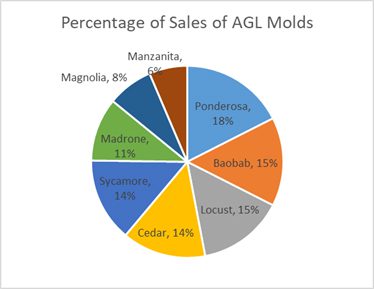
Win some AGL Swag!
To promote AGL, Infinite Discs would like to give some swag to some random people who answer the question below. Head to Infinite (link below) and check out our listing of AGL molds. Then let us know: Which AGL mold would you be the most interested in trying? Want something beefy, like the Cedar? Or maybe a straight putter, like the Madrone. Comment below to be entered in the drawing.
We’ll select a few random responses and ship out some AGL merch. Check back in a week when we post the next disc golf manufacturer, and we’ll list the winners.
See Infinite’s selection of AGL discs here:
https://infinitediscs.com/category/Above-Ground-Level
Check out AGL’s website here:
Here is a link to ChanBang Disc Golf
https://www.chainbangofficial.com/


